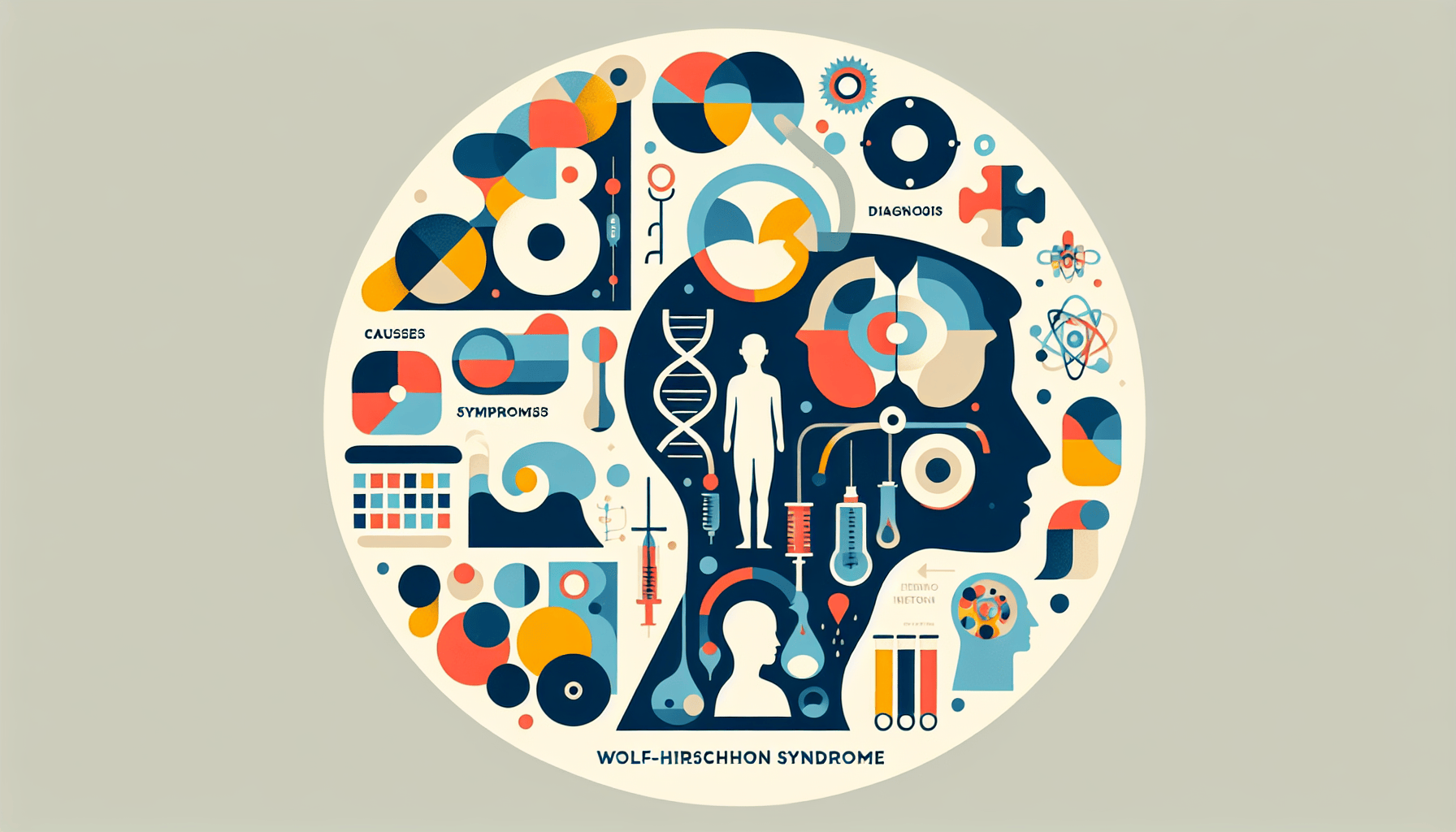Does Mounjaro Affect Fertility?
Understanding Mounjaro and Its UsesMounjaro is a prescription medication commonly prescribed for managing type 2 diabetes. It belongs to a class of drugs that help regulate [...]
Read MoreIf your child has been diagnosed with Wolf-Hirschhorn syndrome, also known as 4p- syndrome, you may have many questions about what caused it and how it can be treated. This rare genetic disorder occurs when a part of chromosome 4 is missing, which can lead to various physical and developmental issues.
Wolf-Hirschhorn syndrome is caused by a spontaneous genetic change that occurs during a baby's development. The deletion of a part of chromosome 4 typically happens after fertilization and is not usually inherited from either parent. Scientists have identified three genes on chromosome 4 that, when deleted, can cause the different symptoms associated with this condition.
In some cases, Wolf-Hirschhorn syndrome can be caused by a parent having a balanced translocation, where two or more of their chromosomes have broken and switched places. While this usually doesn't cause symptoms in the parent, it increases the chances of having a child with a chromosomal disorder like Wolf-Hirschhorn syndrome.
The symptoms of Wolf-Hirschhorn syndrome can vary depending on the size of the chromosome deletion. Some common symptoms include:
Facial abnormalities (wide-set eyes, broad nose, low-set ears)
Developmental delays
Intellectual disabilities
Seizures
Low birth weight
Microcephaly (small head size)
Underdeveloped muscles
Scoliosis
Heart and kidney problems

In some cases, Wolf-Hirschhorn syndrome can be detected during pregnancy through routine ultrasounds or expanded cell-free DNA screening tests. However, these are only screening tests and cannot provide a definitive diagnosis.
To confirm a diagnosis of Wolf-Hirschhorn syndrome, doctors may use a test called fluorescence in situ hybridization (FISH), which can detect more than 95% of chromosome deletions associated with this condition. Additional tests may be performed after birth to identify the specific areas of the body affected by the disorder.
There is no cure for Wolf-Hirschhorn syndrome, and treatment plans are tailored to manage the individual symptoms of each patient. Treatment may include:
Physical or occupational therapy
Surgery to repair physical defects
Support through social services
Genetic counseling
Special education
Seizure control
Drug therapy
If you have a child with Wolf-Hirschhorn syndrome, it's essential to work closely with a team of healthcare professionals to develop a comprehensive treatment plan that addresses your child's specific needs. With proper care and support, many individuals with this condition can lead fulfilling lives.
For more information about Wolf-Hirschhorn syndrome, visit the following reputable sources:
Early diagnosis through genetic testing allows families to begin critical interventions like physical therapy, seizure management, and cardiac monitoring that can dramatically improve developmental outcomes. While there's no cure, children who receive comprehensive care from birth often achieve better motor skills and communication abilities than previously expected. If you notice distinctive facial features or developmental delays in your child, Doctronic can help connect you with genetic specialists quickly.
Understanding Mounjaro and Its UsesMounjaro is a prescription medication commonly prescribed for managing type 2 diabetes. It belongs to a class of drugs that help regulate [...]
Read MoreUnderstanding Hydrocortisone Uses and DosagesHydrocortisone is a versatile medication primarily used to reduce inflammation and suppress the immune system in various [...]
Read MoreUnderstanding Zepbound and MounjaroWhen managing type 2 diabetes, patients often face a variety of medication options. Zepbound and Mounjaro are two such options gaining [...]
Read More